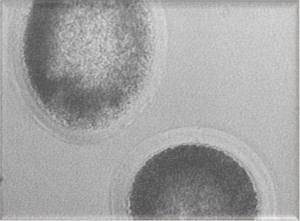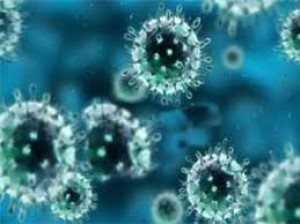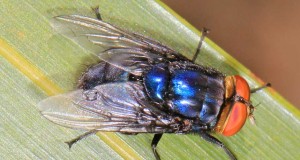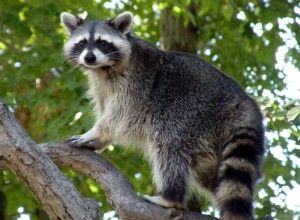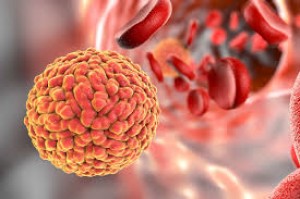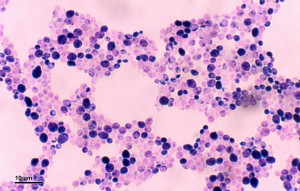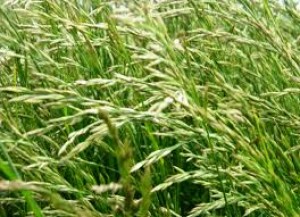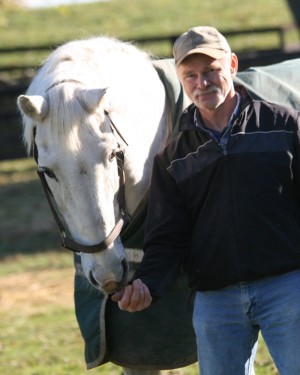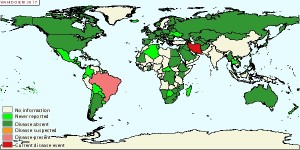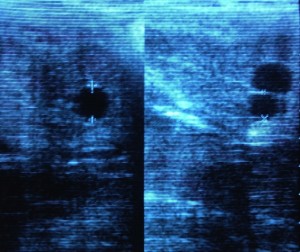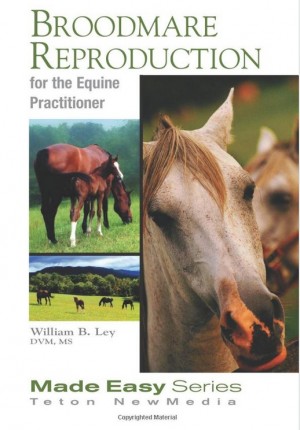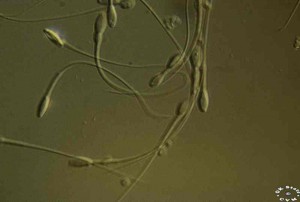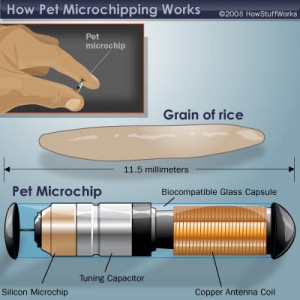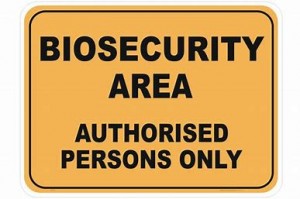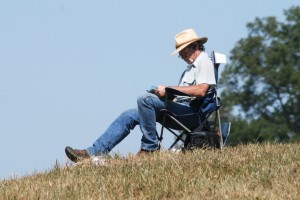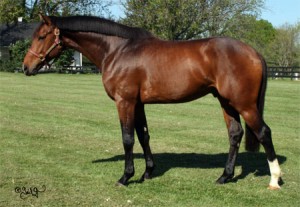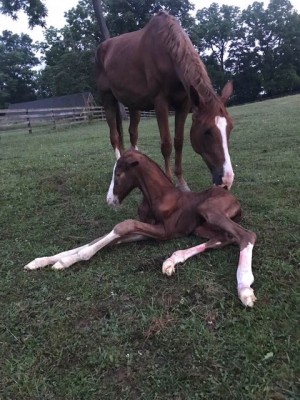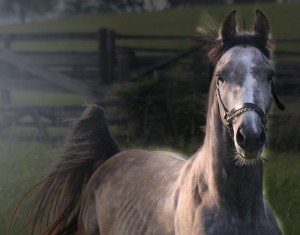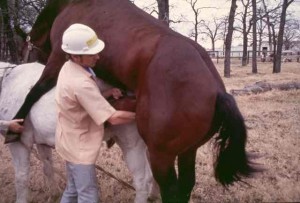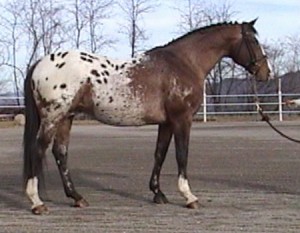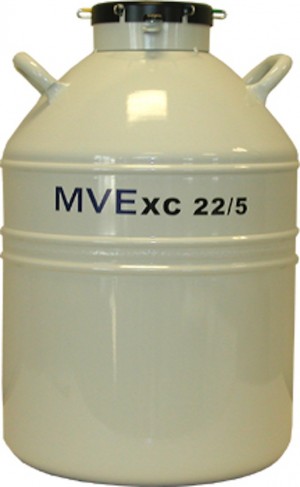USDA Accredited Veterinarians
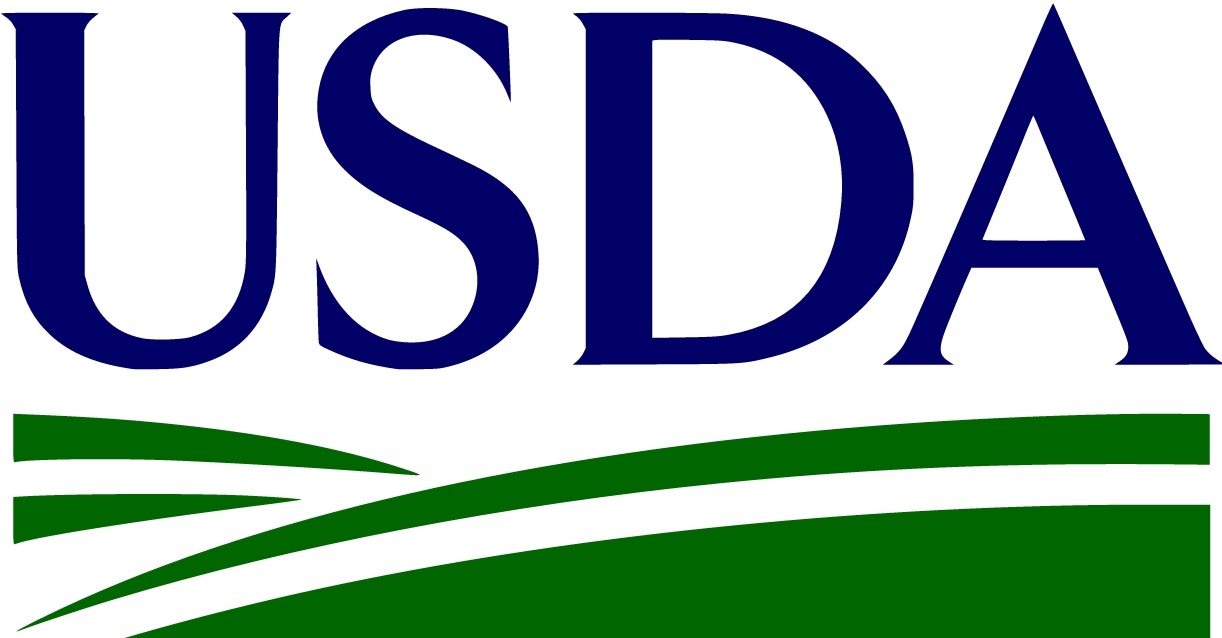
The National Veterinary Accreditation Program
The mission of the National Veterinary Accreditation Program (NVAP) is to provide accredited veterinarians with the information they need to ensure the health of the nations' livestock and animal population and to protect the public health and well-being. The program (NVAP) is administered nationally by the USDA Animal and Plant Health Inspection Service (USDA APHIS), but authorization to perform accredited work is granted on a state-by-state basis. Creating a national system has helped the USDA APHIS standardize the accreditation procedures and requirements, allowing for more uniform administration of the program.
Not all veterinarians are accredited, and those that are, participate in one of two categories:
Category I : All animals EXCEPT: food and fiber species, horses, birds, farm-raised aquatic animals, all other livestock species, and zoo animals that can transmit exotic animal diseases to livestock. Category I animal species examples: dog, cat, laboratory animal (rat, mouse, gerbil, guinea pig, hamster), non-human primate, rabbit, ferret, mink, gopher, hedgehog, native non-ruminant wildlife, and marine mammal.
Category II : All animals. Category II animal species examples : food and fiber animal species (cow, pig, sheep, goat, all ruminant), horse (mule, ass, pony, zebra), all bird species and poultry, farm-raised aquatic animal species, livestock species (bison, captive cervid, llama, alpaca, antelope, other hoofed animal), zoo animals that can transmit exotic animal diseases to livestock.
Your veterinarian, when accredited, must elect one of the categories above that is appropriate for the animals with which they'll be doing accreditation related duties. A veterinarian doing work as a Category I Accredited Veterinarian cannot issue a health certificate (aka, certificate of veterinary inspection, CVI) for your horse to travel from your home state to another state, only Category II Accredited Veterinarians may do this task for you. The same applies to Coggins (Equine Infectious Anemia, EIA) testing.
The NVAP has a long and rich history. In 1921, the U.S. Department of Agriculture (USDA) established the veterinary accreditation program so private practitioners could assist Federal veterinarians in controlling animal diseases. In 1992, APHIS established a national program. The National Veterinary Accreditation Program (NVAP) is managed nationally but authorization is still on a state by state basis. Working with State and Federal agencies, major veterinary medical organizations such as the United States Animal Health Association and AVMA, and academic organizations such as the Association of American Veterinary Medical Colleges, APHIS developed the elements currently in the NVAP using the federal rule making process. The Final Rule was published on December 9, 2009, and provides uniform, national education for veterinarians seeking initial accreditation Initial Accreditation Training (IAT). Since July 1, 2010, IAT has served as the mandatory precursor to the Orientation Program offered in each State for veterinary accreditation. The Final Rule also established the two accreditation categories (Category I and Category II) in place of the former single category. It further added and defined additional requirements for supplemental training (continuing education) and mandated renewal of accreditation every three years helping to assure that accredited veterinarians are kept updated on new and emerging foreign animal disease (FAD), as well as any changes within the NVAP.
Source: USDA APHIS NVAP
Added: April 11, 2017
Dr. William B. Ley DVM, MS, DACT Articles
Related Links
Allowed: 64M/67108864KB.
Current: 5161KB. Peak: 5231KB.


